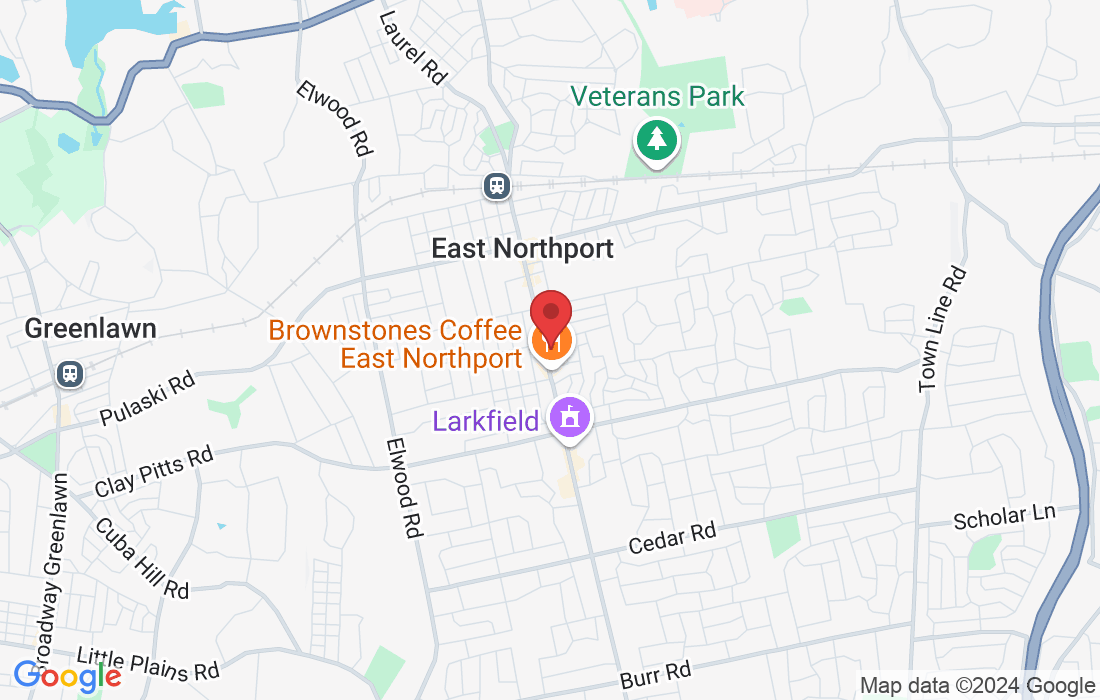Back & Si Joint Pain
Lower back pain is the leading cause of musculoskeletal disability worldwide. In fact, over 80% of Americans will experience it at some point in their lives.
That’s a staggering number—and part of the reason is that back pain is complex and influenced by many factors. Sure, biomechanics play a role, but so do things like:
Sedentary lifestyle
Stress & sleep quality
Nutrition
Past injuries
Beliefs around pain
Depression & anxiety
Fear-avoidance behavior (often instilled by society or healthcare providers)
So yes, back pain sucks. But it doesn’t mean you’re damaged or fragile, Let’s clear a few things up so you can shift your mindset, get back in the gym, and start living your life again.
Myth-Busting Facts About Back Pain
Pain = Damage?
Not necessarily. There’s no consistent link between pain and tissue damage. Pain is complex. It’s a signal from your nervous system—not a direct measure of injury.“I need an MRI.”
Probably not. Unless there are red flags, early imaging is often unnecessary and can actually make things worse. It tends to increase fear, reduce function, and lead to more medical costs with no added benefit.“But my MRI showed XYZ…”
Yep—and so do many people’s who have zero pain. Imaging often shows disc bulges, degeneration, or other “abnormalities” in people without any symptoms. You are not your MRI. You’re adaptable and capable of healing.“My posture must be the problem.”
False. There’s no clear link between posture and pain. People with “perfect” posture can be in pain, and people with “bad” posture can feel great. Posture isn’t the problem—your capacity, strength, and movement variability matter way more. Find a position that feels good & one you don’t maintain for too long.“I should avoid loading my spine.”
Nope. Our spines are strong and built to move and handle load. Avoiding movement and lifting only makes things worse. Building strength slowly over time through the posterior chain improves pain, reduces disability, and lowers risk of future injury.
A healthy spine is one that moves and is strong.
Is It My SI Joint?
Maybe. Around 25% of lower back pain is thought to come from the SI joint. These are the joints that connect the sacrum (base of the spine) to the pelvic bones. They're designed to transmit force between the upper and lower body, are supported by a bunch of strong ligaments and muscles. The SI joints don’t move much (we’re talking 2–4mm), but when irritated, they can absolutely cause discomfort.
Here are some common signs:
Deep-seated pain, that may go down the back of the thigh
Pain when laying on one side & having pain on the other
Localized pain just below the low back, off to one side
A specific movement or event triggered it
Pain with stairs, lunging, or prolonged sitting
If this sounds like you, here are a few of our favorite exercises for SI joint pain—
When it comes to back pain you need the right guidance, reassurance, and a plan that gets you back to doing what you love—without the fluff, fear, or waiting around for it to magically go away. Visit www.intentrehab.com to learn more



